The province of Shandong is one of the important cradles of Chinese civilization. It is where Confucianism originated and is the birthplace of Confucius. The Yellow River enters the ocean here where Mount Tai, the foremost of the “Five Great Mountains,” looms high. Shandong is also home to Lu Cuisine, one of China’s Traditional Eight Culinary Cuisines.
Shandong has a meandering coastline that stretches over 3,000 km, linking the coastal cities like a string of pearls. Shandong’s beach resort cities are popular summertime destinations for domestic travel; a wide array of novel experiences await visitors, where the mountains meet the sea.
Today’s edition of “China Travel Course” will take you for a stroll in a few of Shandong’s beach resort cities. Slow down the pace and cycle along the coast, take in the romantic panorama and treat yourselves to the delightful delicacies. Enjoy a taste of the pleasant, leisurely life.
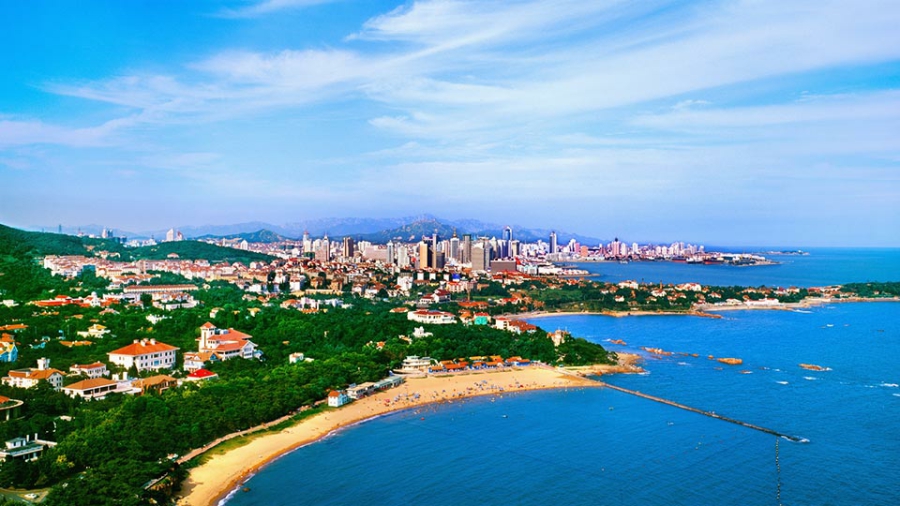
Qingdao: A Fairy-Tale City of Mountains and Sea
Nestled among the mountains and the sea, with its red tiles, green trees, emerald ocean and blue skies, Qingdao is like a city out of a fairy tale. Qingdao’s coastline starts with Tuan Island in the west and continues eastward to Shilaoren Beach – the name translates as “old stone man,” after an outcropping of rocks that resemble a bowed elder. You could hop on a bike at Zhanqiao Pier and ride in the gentle sea breeze with the open water at your side and clear skies overhead. Feel free to explore the bathing beach or experience the exhilarating freedom of sailing out to sea. The fishing villages at the foot of the mountain always welcome travelers for a taste of the famous Laoshan Green Tea. Come sit down for a brew, shed your worries and drain away the heat in this quiet, undisturbed corner of the world.
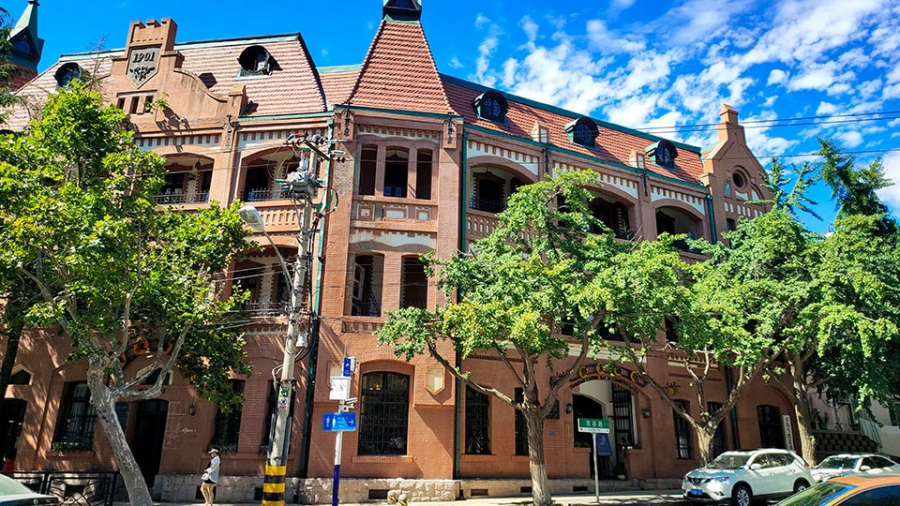
Roaming around Qingdao’s Old Town district, you’d be greeted with an array of red tiles and verdant trees, complementing one another in a colorful tapestry. Here, classic European and modern architectures blend effortlessly. Be it the band of German-style buildings near Zhongshan Road, the crisscrossing alleys around Ocean University of China’s Yushan Campus, or the western-style mansions at Badaguan, every part of the district is imbued with rich history and culture. You could easily spend a couple of days getting lost in the Old Town charms.
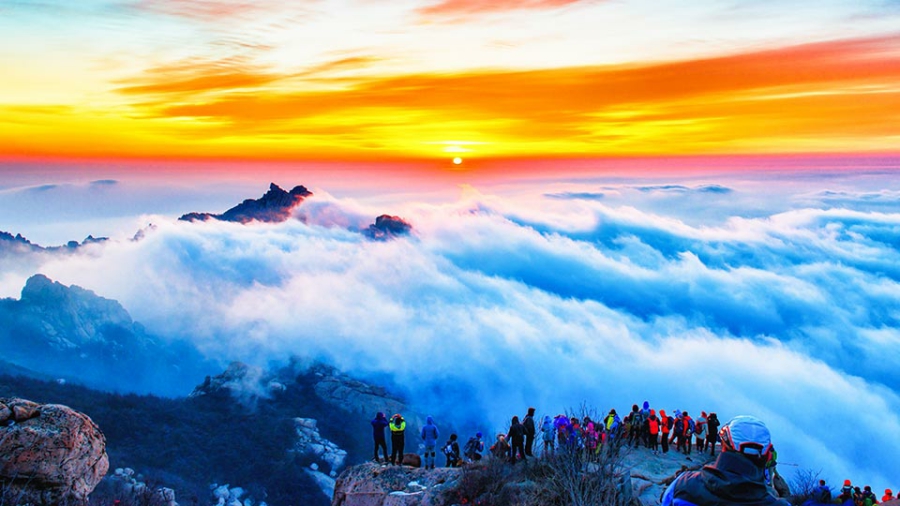
There are many cultural discoveries to be made here. Should you decide to visit Qingdao in July or August, you would be just in time for the Qingdao International Beer Festival. It’s a great chance to have a merry round of drinks with friends, as well as for taking a look at the fun displays at the Beer, Wine Culture and Shell Museums. The Qingdao Museum is of course a must-see: the towering Northern Wei (386 to 534 A.D.) Buddhist statues on display will definitely leave a lasting impression.
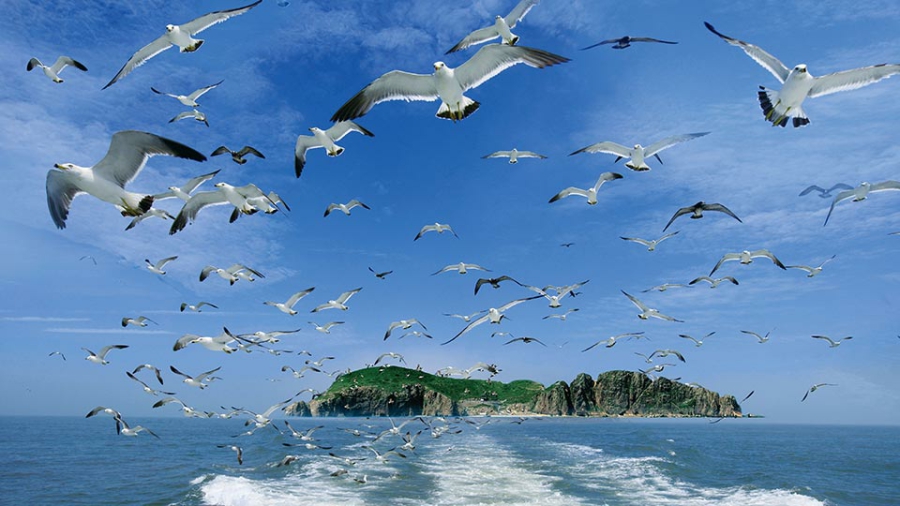
Qingdao is a city brimming with creativity and dynamism, a “City of Music” with sparkling artistic vibes. Summer concerts are held almost back-to-back, igniting joy and glee on the sun-kissed beaches. A listed UNESCO “City of Film,” Qingdao is where The Wandering Earth and other chinese science fiction movies were filmed.
Young ones will also find Qingdao to be a place of incredible fun. Children can experience ancient Chinese culture with modern technology at Qingdao Fantawild Dreamworld, or go animal watching at the Qingdao Polar Ocean World, while the adults can take some time off for leisure and shopping.
Be sure not to miss Qingdao’s seafood specialties, such as boiled mackerel dumplings, spicy stir-fried clams and seaweed clear noodles. These delights for the palate will be the ones you’ll never forget.

Weihai: The Perfect Seaside Cycling Experience
Cycling is one of the best ways to enjoy the ocean scenery. The spectacular view stretches along the 10-kilometer-long Huanhai Road Cycling Route from Crescent Bay to Grape Terrace. Both the longer and shorter versions of the route offer mesmerizing coastal scenery with marvelous waterside cliffs.
Visit Weihai’s native islets to enrich your trip further. Countless seagulls and egrets migrate to Sea Donkey Island (its shape resembles a thin donkey lying on the sea) from April to August every year in a great communal gathering. Or head to Jiming Island for a peaceful retreat: with tranquil fishing docks and tall trees, it’s a place where hearts can roam free.
If you prefer fine sand, Rushan Silver Beach would be just the place for you. Walking on sands as fine as silk, a stroll on Silver Beach is as romantic as it gets.
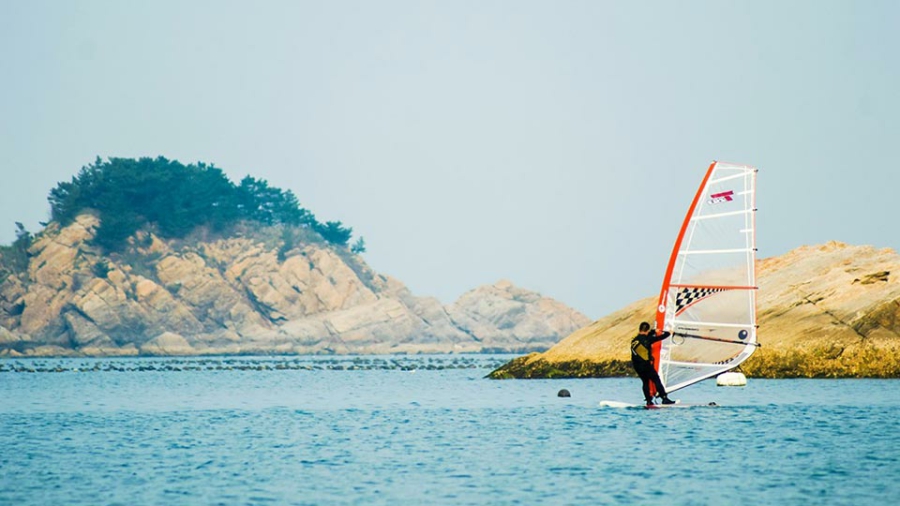
Weifang: The City of Kites
Weifang is renowned throughout the world as the “City of Kites”. The Weifang World Kite Museum is replete with all sorts of kites and kite-making information. Keen visitors could try their hands at kite-making in the workshop; ready-made kite products are also available. Notably, the annual Weifang International Kite Festival is held here every late April.
The ancient city of Qingzhou is a rare specimen of a Ming (1368 to 1644 A.D.) and Qing (1644 to 1911 A.D.) Dynasty city preserved in its entirety. There are more than 120 ancient streets and many traditional residences, as well as a range of intangible cultural experiences open to visitor participation.
The museum has a rich collection of treasures with great artistic value, such as the Buddhist statues excavated from the Longxing Temple ruins
Weifang’s Yunmen Mountain is a national geopark containing stone cave relief statues from the Sui (581 to 618 A.D.) and Tang (618 to 907 A.D.) dynasties. The cliff inscription bearing the Chinese character that stands for longevity, Shou, carved during the Jiajing Reign of the Ming dynasty (1368 to 1644 A.D.) is particularly eye-catching.














